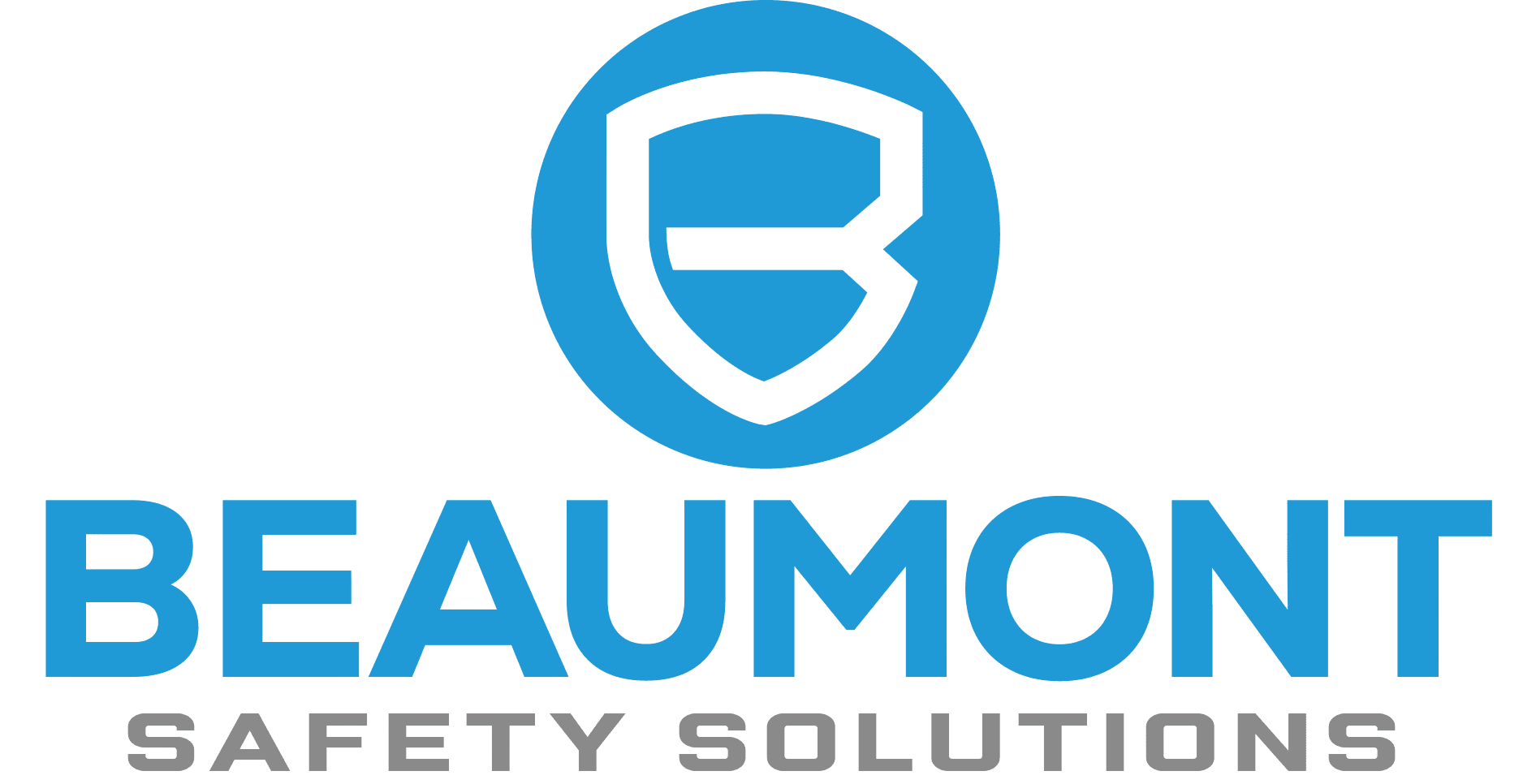In today’s digital age, IT communications rooms are the backbone of any organization’s technological infrastructure. These rooms house critical equipment such as servers, networking devices, and storage systems that ensure the smooth operation of business processes. However, the concentration of valuable and sensitive equipment in these rooms also makes them vulnerable to various risks. Ensuring the safety of IT communications rooms is paramount to prevent disruptions, data loss, and potential financial losses. In this blog, we will explore key safety measures that organizations should implement to protect their IT communications rooms.
1. Physical Security
The first line of defense for any IT communications room is physical security. Unauthorized access to these rooms can lead to theft, vandalism, or accidental damage to equipment. To enhance physical security, consider the following measures:
- Access Control Systems: Implement access control systems such as key card readers, biometric scanners, or PIN codes to restrict entry to authorized personnel only.
- Surveillance Cameras: Install surveillance cameras to monitor activity in and around the IT communications room. Ensure that the footage is regularly reviewed and stored securely.
- Security Personnel: Employ security personnel to monitor access points and conduct regular patrols of the premises.
2. Environmental Controls
IT equipment is sensitive to environmental conditions such as temperature, humidity, and dust. Maintaining optimal environmental conditions is crucial to prevent equipment failure and ensure longevity. Key environmental controls include:
- Temperature and Humidity Control: Use HVAC systems to maintain a stable temperature and humidity level within the recommended range for IT equipment. Consider installing temperature and humidity sensors to monitor conditions in real-time.
- Dust and Contaminant Control: Implement measures to minimize dust and contaminants in the IT communications room. This can include using air filters, sealing entry points, and conducting regular cleaning.
3. Fire Safety
Fire poses a significant threat to IT communications rooms, as it can cause extensive damage to equipment and data. Implementing robust fire safety measures is essential to mitigate this risk:
- Fire Suppression Systems: Install fire suppression systems that are specifically designed for IT environments. These systems can quickly extinguish fires without causing damage to sensitive equipment.
- Smoke Detectors: Place smoke detectors in strategic locations within the IT communications room to provide early warning of potential fire hazards.
- Emergency Response Plan: Develop and regularly update an emergency response plan that outlines procedures for evacuating personnel and protecting equipment in the event of a fire.
4. Power Management
Reliable power supply is critical for the continuous operation of IT communications rooms. Power outages or fluctuations can lead to equipment damage and data loss. To ensure reliable power management, consider the following:
- Uninterruptible Power Supply (UPS): Install UPS systems to provide backup power in the event of a power outage. Ensure that the UPS systems are regularly tested and maintained.
- Power Distribution Units (PDUs): Use PDUs to distribute power efficiently to all equipment in the IT communications room. Consider using intelligent PDUs that can monitor power usage and provide alerts for potential issues.
- Generator Backup: Implement generator backup systems to provide extended power supply during prolonged outages. Ensure that generators are regularly tested and fueled.
5. Cable Management
Proper cable management is essential to prevent accidents, improve airflow, and facilitate maintenance in IT communications rooms. Implement the following cable management practices:
- Labeling and Documentation: Clearly label all cables and maintain up-to-date documentation of the cabling infrastructure. This will help technicians quickly identify and troubleshoot issues.
- Cable Trays and Racks: Use cable trays and racks to organize and route cables neatly. Avoid running cables across the floor to prevent tripping hazards.
- Regular Inspections: Conduct regular inspections of the cabling infrastructure to identify and address any issues such as frayed cables or loose connections.
6. Regular Maintenance and Audits
Regular maintenance and audits are crucial to ensure the ongoing safety and reliability of IT communications rooms. Establish a maintenance schedule that includes:
- Equipment Inspections: Conduct regular inspections of all equipment to identify and address potential issues before they escalate.
- Firmware and Software Updates: Keep all firmware and software up to date to protect against security vulnerabilities and ensure optimal performance.
- Safety Audits: Perform periodic safety audits to assess the effectiveness of existing safety measures and identify areas for improvement.
Conclusion
Ensuring the safety of IT communications rooms is a multifaceted task that requires a combination of physical security, environmental controls, fire safety, power management, cable management, and regular maintenance. By implementing these measures, organizations can protect their valuable IT assets, minimize downtime, and ensure the continuity of business operations.
For more assistance on ensuring the safety of your IT communications rooms, talk to your team!
Please contact Beaumont Solutions for more safety tips for IT rooms or to conduct a risk assessment on your IT room.
Our team of experts is ready to help you implement the best practices and solutions tailored to your specific needs.



